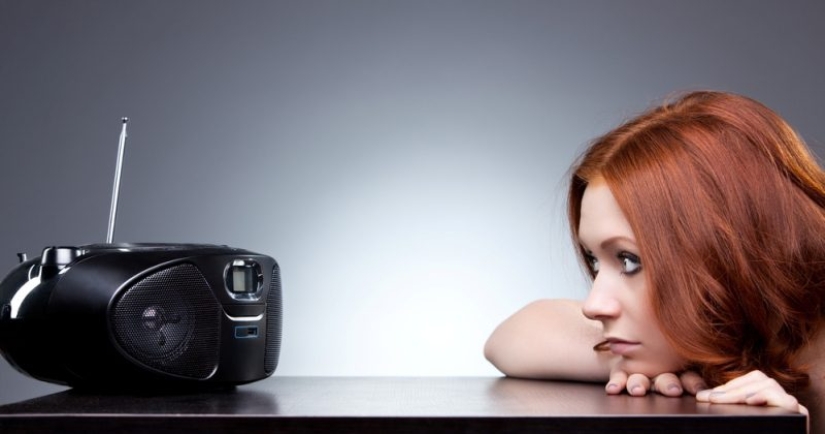Why modern receivers the AM band, where there is some interference
Categories: Technology
By Pictolic https://pictolic.com/article/why-modern-receivers-the-am-band-where-there-is-some-interference.htmlMany believe that the AM band radios useless. Tuning these waves, we usually hear silence or, at best, noise interference, so in a sense they do not see. But actually in AM broadcasts many stations, just to hear them we can not everywhere.

Radio stations on the AM waves, in modern cities, almost inaudible. Prevents dense buildings of reinforced concrete. But it should be removed from houses for 100-200 metro and we were surprised to find a lot of radio stations, including foreign ones, are located at a considerable distance from the point of reception.

The ability to receive the signal of distant stations — this is a major advantage of AM, which is more properly called a range...DV SV, that is, Long Wave and Medium Wave frequency from 100 kHz to 1602. At these frequencies the signal can propagate great distances from the transmitter antenna. Sometimes AM you can find a station located a few thousand kilometers.
Thanks to the capabilities of AM the people, the living away from civilization, where there is no signal VHF (FM), can listen to radio using the most common household radios. For some areas of the world where not available benefits such as mobile phones, television and the Internet, these waves is the only way to get information from the "real world".

It is also worth mentioning that the radios for SV-DV range is very simple to arrange and therefore reliable and affordable. They consume low power, and in some cases, can take energy out of the ether and make strong signal without food.
Radios operating in the ranges of AM broadcasting (MW-LW), and work over large distances, unpretentious, inexpensive and have a high autonomy. As for compactness, here they are, in General, has no equal. We all remember the bulky radios, assembled in semiconductors. In this era, but rather, in the 60‑ies, the AM receiver "Micro", having the size of a matchbox with a battery that could continuously work for up to 12 hours!

Minimal equipment receiver for SV-DV and could do to contain 4 items, wherein the power source is not needed. Reliable reception from a low-powered stations, this device will provide at a distance of 100 km and powerful — up to 500 km.
This is all very tempting, if not one "but". In 2000, Russia began the systematic destruction of SV-DV broadcasting and radio who worked in this range, almost all destroyed. This is very bad, as in the case of major natural disasters or large-scale hostilities, VHF, due to the small radius of action will not be able to provide a decent connection.
To date, we can accept in principle the transfer from neighboring countries, during the military conflict would be a major drawback of AM. It is obvious that the benefits of this range in our air will be used against us.

But what is the reason for such an attitude to the SV-DV in our country? Primarily due to weak interest in these frequencies of commercial structures. Private traders are not profitable to develop AM because of the high cost of electricity to broadcast. Transmitter capacity of 10-50 kilowatt power consumption as much as the middle street for night lighting.
Yes, a private firm that many, but for the state — a mere penny. As always, played the role of incompetence and greed — not being able to make a profit, at the helm of lost of you interest, leaving without radio inhabitants of remote villages and neglecting national security.
Keywords: Wave | Technology | Radio | Communication | Radio transmission | Reception
Post News ArticleRecent articles

It seemed to photographer and photo editor Carrie Boretz that New York was always crowded with people who knew nothing more than to ...

It often happens that people who did not plan a feat become heroes. They simply did what they thought was necessary and went ...
Related articles

Man cave, or "man cave" — is embodied in the life of children's dreams of their own cozy nook where you can relax from bustle and ...

The cycle of color photographs captured in the distant 1911. Where one hundred years ago, took a color? How was it done? Indeed, ...

Palmateer felicity (Felicity Palmateer) began to photograph stunning mini-movie, which conquers the waves in Hawaii, Fiji and ...

AES+F is one of the most unusual and influential Russian art groups. Formed in the late 1980s, they transcended the boundaries of ...